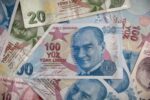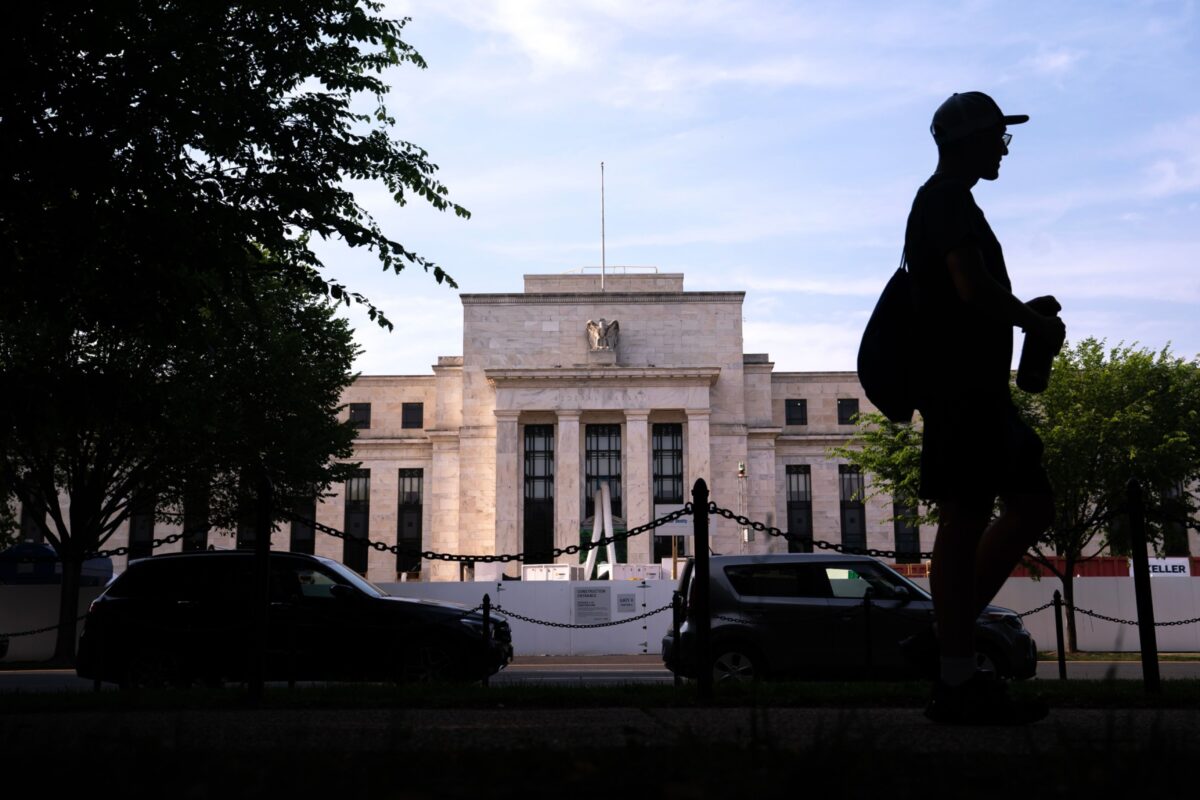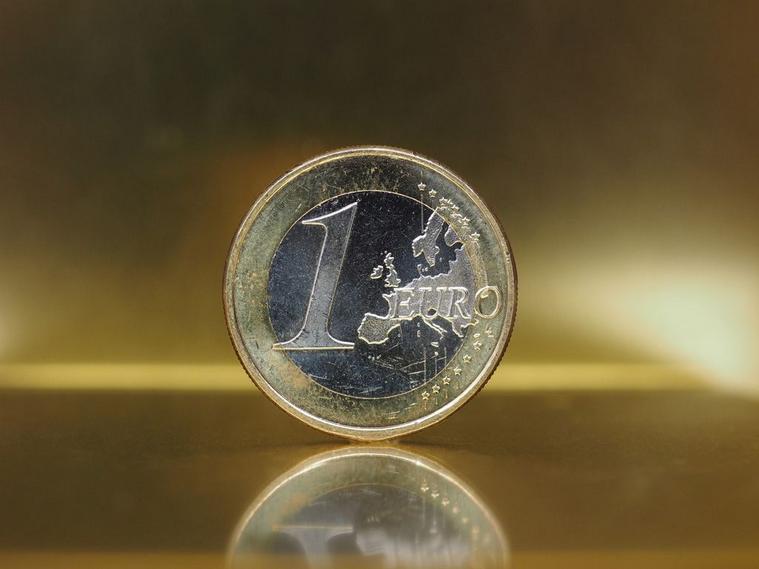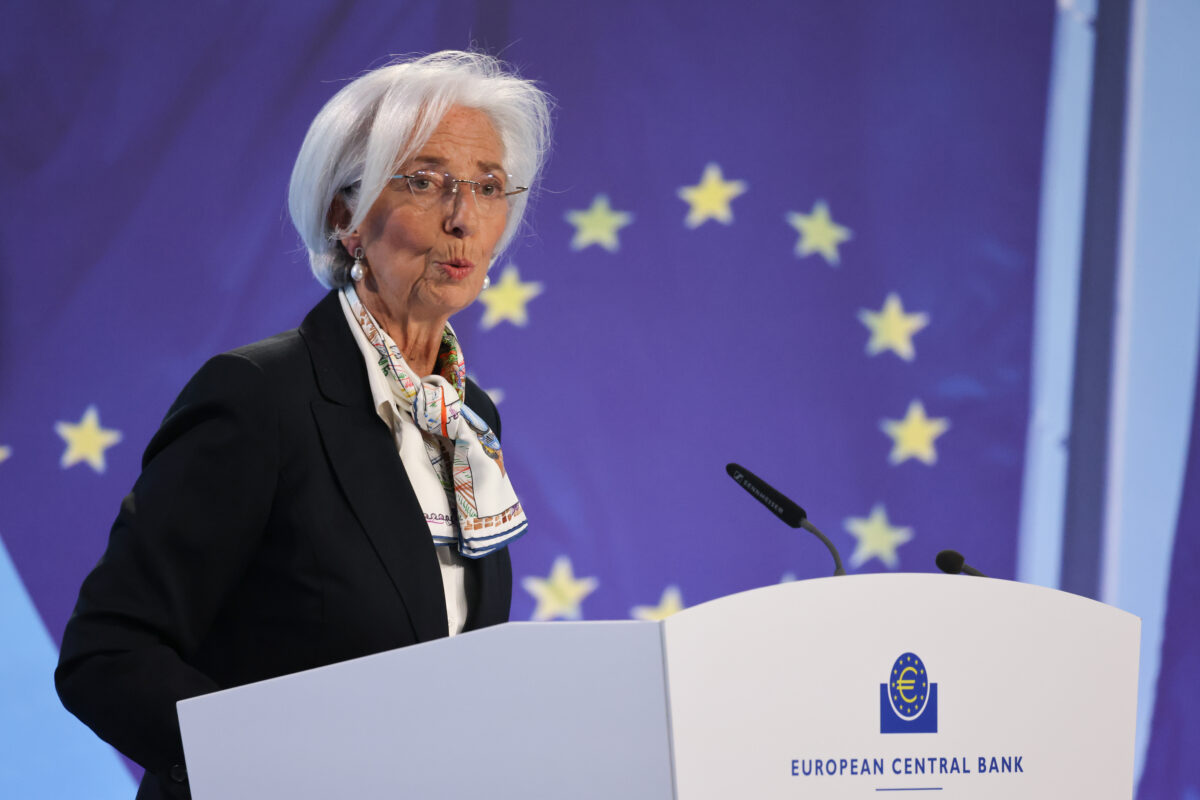Die türkische Zentralbank hat soeben beschlossen den Leitzins von bisher 11,25% auf 10,75% zu senken. Die Erwartungen lagen bei genau dieser Senkung um 50 Basispunkte auf 10,75%. Die letzten Tage war die türkische Lira bereits immer weiter abgewertet, in Erwartung weiter fallender Zinsen. Was ein Problem ist, weil die Inflationsrate bei 12,15% liegt, und der Zins immer weiter sinkt. So ist der Abstand zur höheren Inflation jetzt noch größer geworden. Das ist schlecht für ausländische Investitionen, zum Beispiel in türkische Staatsanleihen.
Nochmal zurück zum Leitzins. Er wurde in den letzten Monaten von der türkischen Zentralbank mehrmals gesenkt, von 24% in der Spitze (um die Inflation einzudämmen) bis jetzt runter auf 10,75%. Die Inflation war zusammen mit dem Leitzins gefallen. Aber seit mehreren Monaten steigt sie wieder – bei weiter sinkenden Zinsen. Eine wenig günstige Konstellation für die türkische Lira!
Die türkische Zentralbank begründet ihre Senkung beim Leitzins damit, dass die türkische Wirtschaft sich erhole. Trotzdem blieben die Sektoren Beschäftigung und Investitionen eher schwach. Die Entwicklung der Inflationserwartungen, der Bedingungen bei der Inlandsnachfrage und den Erzeugerpreisen hat zu einem milden Trend bei den Kerninflationsindikatoren beigetragen, so die Zentralbank. Tja, so meinen wir. Wenn das der Fall ist, kann man natürlich die Zinsen weiter senken – wenn man nämlich erwartet, dass sich die Inflation in der Türkei in den nächsten Monaten beruhigen wird.
Im folgenden Chart sehen wir US-Dollar vs Türkische Lira seit Wochenanfang. Bis vorhin kurz vor der Zinsentscheidung konnte die Lira ein klein wenig zulegen (USDTRY fiel von 6,07 auf 6,05). Seit der Entscheidung geht es für das Währungspaar aber wieder rauf auf aktuell 6,08. Die Abwertung für die türkische Lira geht also weiter?
Hier der gesamte Text der türkischen Zentralbank im Wortlaut:
The Monetary Policy Committee (the Committee) has decided to reduce the policy rate (one-week repo auction rate) from 11.25 percent to 10.75 percent.
Recent data indicate that recovery in economic activity continues. Sectoral diffusion of economic activity continues to improve. Despite signs of recovery, investment and employment remain weak. While favorable effects of improved competitiveness prevail, weakening global economic outlook tempers external demand. As the contribution of net exports to economic growth declines, economic recovery is expected to be sustained with the help of the ongoing disinflation process and improvement in financial conditions. Nevertheless, developments in credit growth and its composition are closely monitored for their impact on external balance and inflation. Going forward, sustaining a moderate course in current account balance, which has recently recorded significant improvement, is considered as a crucial element of the macroeconomic policy mix.
Weakness in global economic activity and low levels of global inflation strengthen expectations regarding the continuation of expansionary monetary policies in advanced economies. On the other hand, recently elevated uncertainties regarding global economic outlook lead to volatility in the demand for emerging market assets and the risk appetite. Rising protectionism, uncertainty regarding global economic policies, geopolitical developments and the recent outbreak of an epidemic disease are closely monitored for their impact on capital flows, international trade and commodity prices.
Developments in inflation expectations, domestic demand conditions and producer prices have contributed to a mild trend in core inflation indicators. The improvement in macroeconomic indicators, inflation in particular, supports the fall in country risk premium and helps contain cost pressures. The course of inflation is considered to be broadly in line with the year-end inflation projection. Accordingly, considering all factors affecting the inflation outlook, the Committee decided to make a more measured cut in the policy rate. At this point, the current monetary policy stance remains consistent with the projected disinflation path.
The Committee assesses that maintaining a sustained disinflation process is a key factor for achieving lower sovereign risk, lower long-term interest rates, and stronger economic recovery. Keeping the disinflation process in track with the targeted path requires the continuation of a cautious monetary stance. In this respect, monetary stance will be determined by considering the indicators of the underlying inflation trend to ensure the continuation of the disinflation process. The Central Bank will continue to use all available instruments in pursuit of the price stability and financial stability objectives.
It should be emphasized that any new data or information may lead the Committee to revise its stance.
The summary of the Monetary Policy Committee Meeting will be released within five working days.
Kommentare lesen und schreiben, hier klicken














